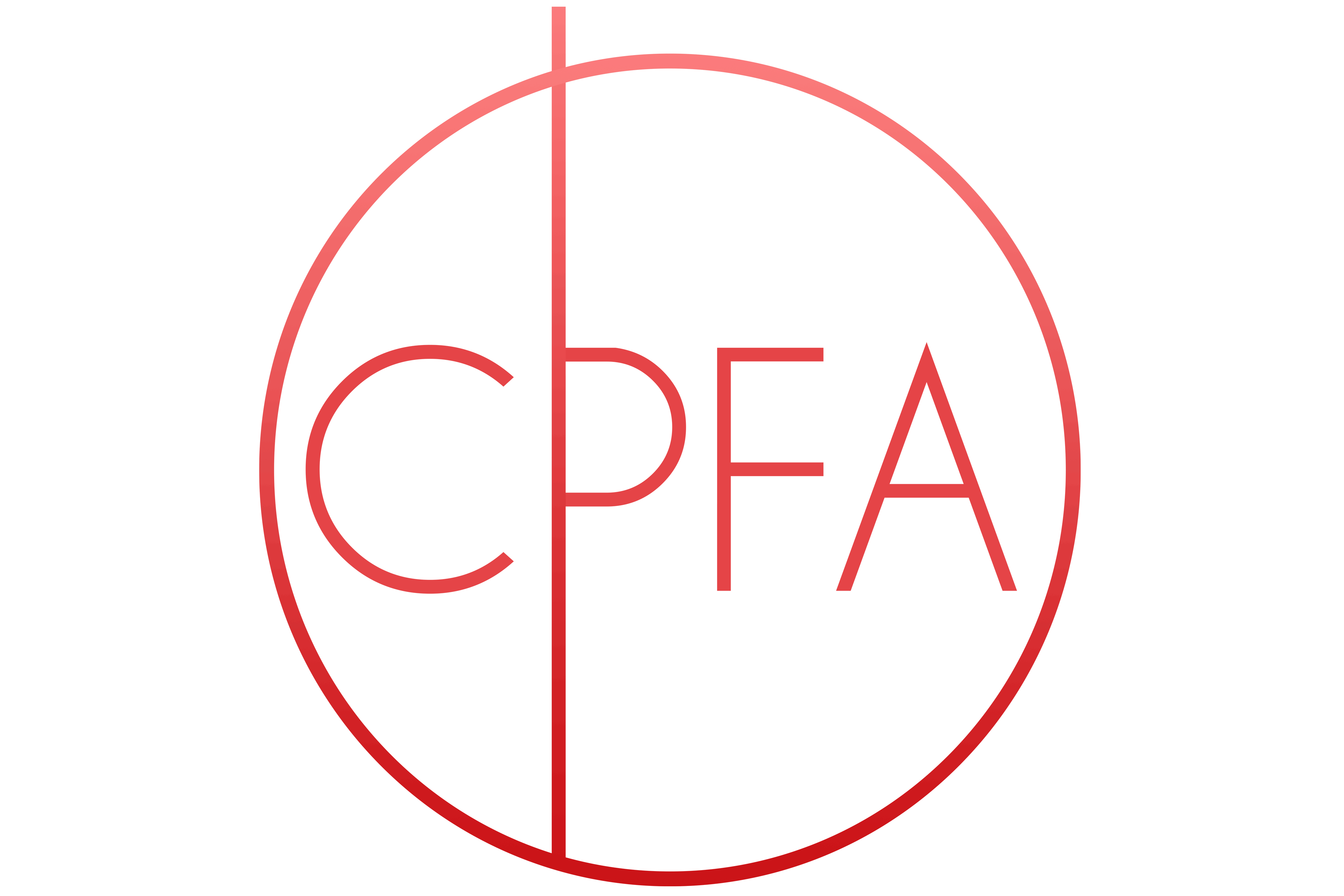Study Guidelines for the CPFA written exam
The written exam is an online, multiple choice format. There are 72 questions and you have 75 minutes to complete it once you log on. You will need to pass with 80% or higher. If you do not pass, you may have a second free attempt and then you must pay $25 per additional attempts.
To have the link sent to you , please email info@canadianpolefitnessassociation.com
***Please keep in mind that all of the following information is in relation to beginner and intermediate spins ONLY, not advanced spins, holds or inversions.
Basic Anatomy and Physiology
• know the origin/insertion landmarks and kinesiology of the following muscles:
• latissimus dorsi
• deltoids (medial, anterior, posterior)
• trapezius
• pectoralis major
• abdominals (internal/external obliques, rectus abdominus, transversus abdominus)
• quadriceps
• hamstring group
• gastrocnemius
• gluteus maximus
- biceps
- triceps
- know which muscles are used when doing pole spins, lifts and inverts
3 basic pole grips and their inherent strengths/potential issues
- baseball grip
- split/bracket grip
- half grip
Trouble shooting potential issues/dangerous scenarios related to pole as an activity
- how to deal with pre-existing injuries how to correct body alignment to prevent injuries
- how the physics of spinning changes based on posture, body weight, strength
Know the components to creating a physical training session and how each of those components related to pole
• warm up
• strength training
• skill instruction
• choreography
• cool down
• stretch
- ParQ or other health questionnaire
Grip Aids
• inherent benefits/issues
• different types, what they do
• when to use them
